Medicinal Mushroom Traditions in the West
It would not be fair to neglect the Western medical tradition, even though the use of medicinal mushrooms has never been as widespread as in Asia.
In 1991, the 5,300 year old remains of the natural mummy known as Ötzi the Iceman were found in the Ötztal Alps, on the border of Italy and Austria. The man carried two species of mushrooms (both with well-known medicinal properties) – Fomes fomentarius (tinder fungus), probably used for making fire, and Piptoporus betulinus (birch polypore), a medicinal mushroom known for its antibacterial and antitumor activity.

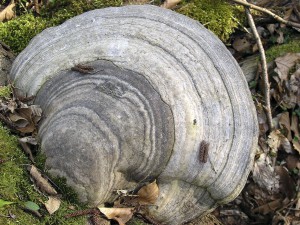
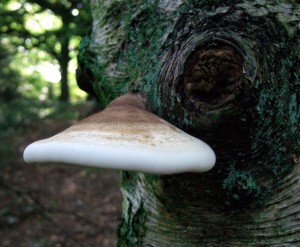
The Ancient Greeks and Romans
Aside from culinary uses, the ancient Greeks and Romans knew several medicinal mushrooms (notably Lycoperdon perlatum, the common puffball), useful for healing wounds. Its use continued through the Middle Age and the Renaissance.
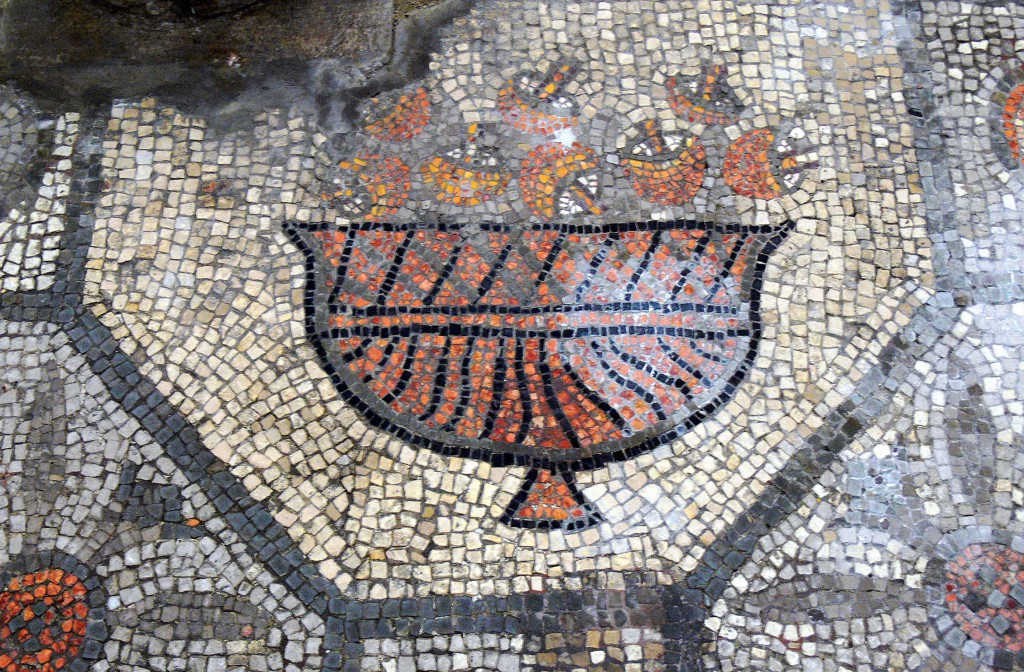
Hippocrates of Cos (Ancient Greece), the “father of modern western medicine”, mentions the use of mushrooms in medicine around the turn of the 5th century BC.
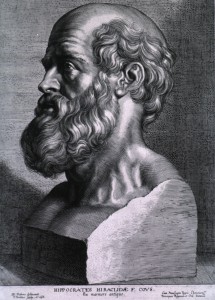
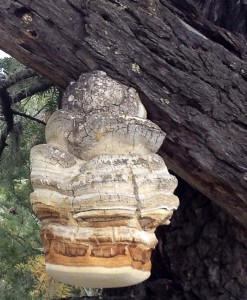
Pliny the Elder (1st century AD), a Roman naturalist, author and commander, wrote Naturalis Historia. Inside, he mentions many types of medicinal mushrooms, usually referring to them as Agarikon, so the actual species are mostly unknown. Most probably the name refers to a well-known medicinal mushroom Fomitopsis officinalis (larch polypore), which was used as a cure-all, though frequently confused with similar tree fungi.
Dioscorides was a physician in Nero’s army in the mid-1st century AD who wrote the most widely read work on herbal medicine in history, De Materia Medica, a 5-volume encyclopedia. The old Greco-Roman authorities (Pliny, Dioscorides and Galen) believed that mushrooms are formed from the decay of damp earth, and are toxic or indigestible, and without nutritional value. The only exception to this was the famous “Agarikon”, Fomitopsis officinalis – used as a panacea, i.e. a cure-all, especially for tuberculosis and cancer.
The Dark Ages
De Materia Medica was undisputed for more than 1500 years, effectively reducing the traditional use of medicinal mushrooms in the West. The misconceptions of Dioscorides and Galen still remain present in many minds even today.
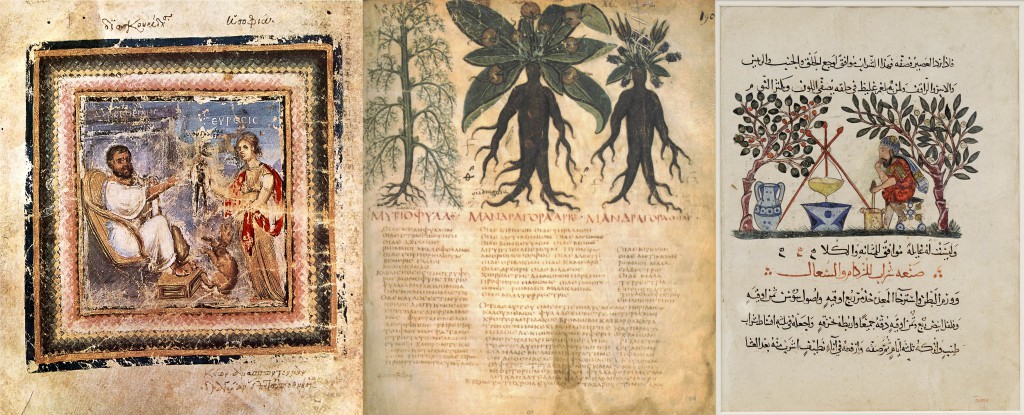
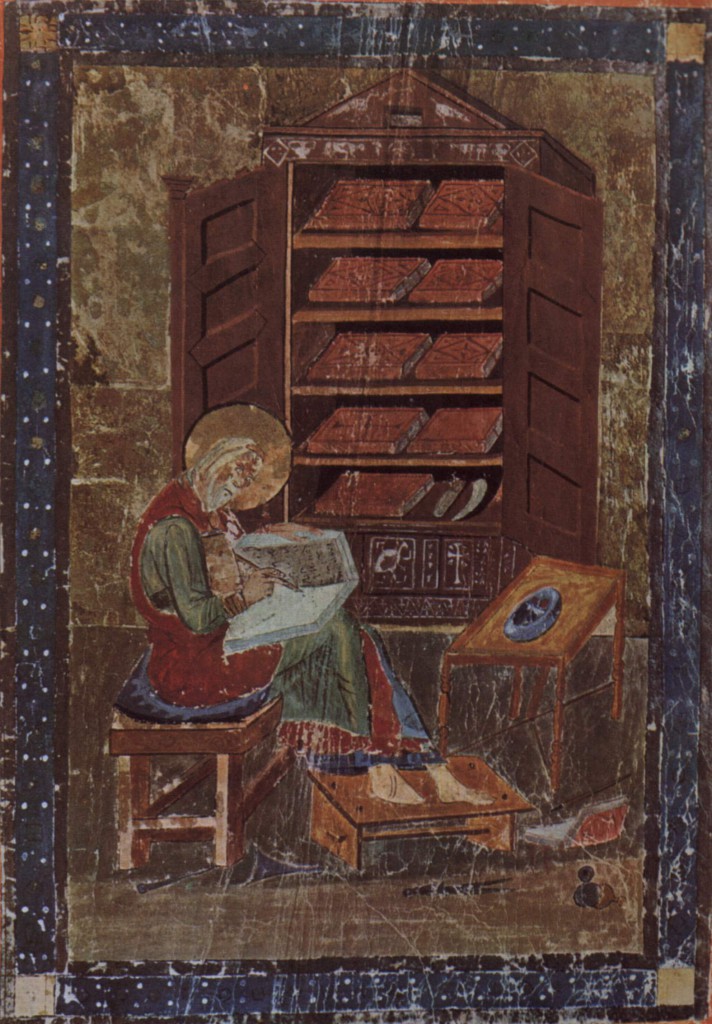
St. Hildegard of Bunge, a 12th century Christian saint and mystic was ahead of her times. In her works on medicine, she wrote, almost 800 years ago, that mushrooms growing on trees are edible or medicinal. Interestingly, there are no known poisonous species of woody mushrooms (polypores), though most are too hard to be eaten.
East Europe and Beyond
On the other hand, there are rich East European traditions (mostly Slavic: Russian, Polish and Czech; but also Hungarian) of using medicinal mushrooms. Inonotus obliquus (Chaga) is probably the most well-known; together with Piptoporus betulinus it was used for treating cancer. Other medicinal mushrooms used include Laricifomes officinalis (= Fomitopsis officinalis), Fomes fomentarius, Phellinus igniarius, and many others.
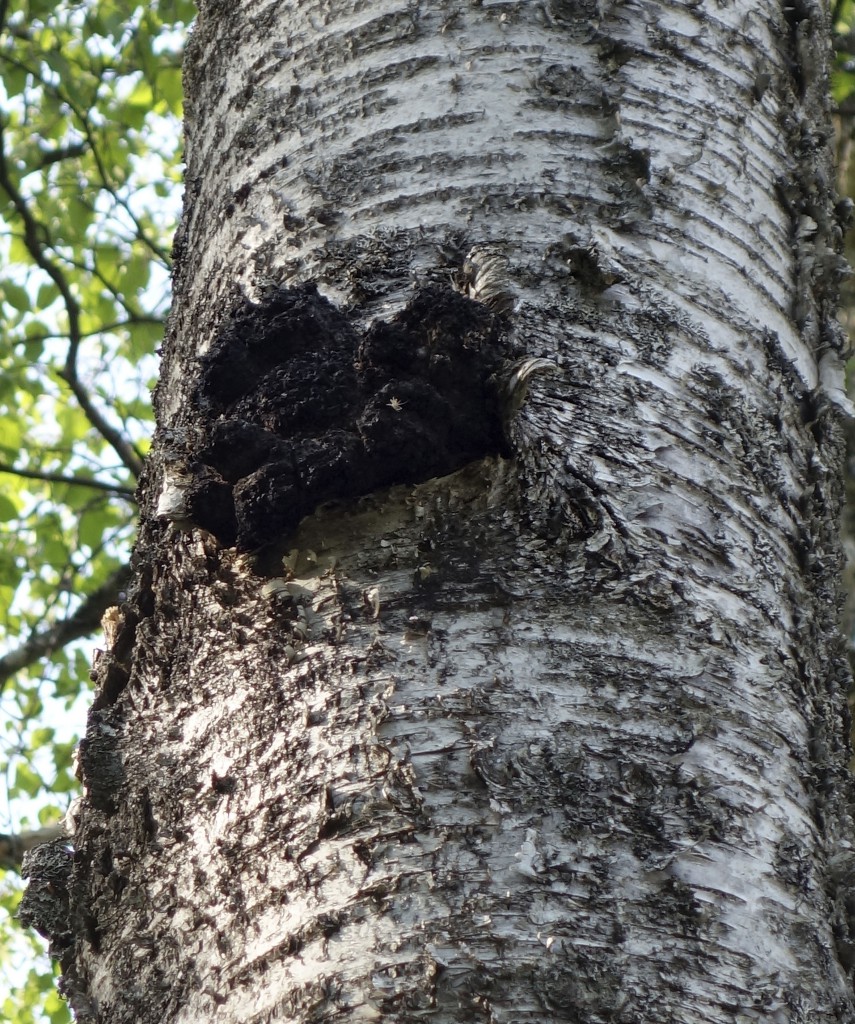
Traditional use of mushrooms emerged in other places around the world, although on a much smaller scale. We should mention some South and North American tribes, Australian Aborigines, several Nigerian tribes and elsewhere in Africa. Ethnomycologists exploring the rapidly disappearing traditions of medicinal use of mushrooms still have a lot to discover.
Image sources: Paul Hanny, Flickr:: fotoculus, Scot Nelson
